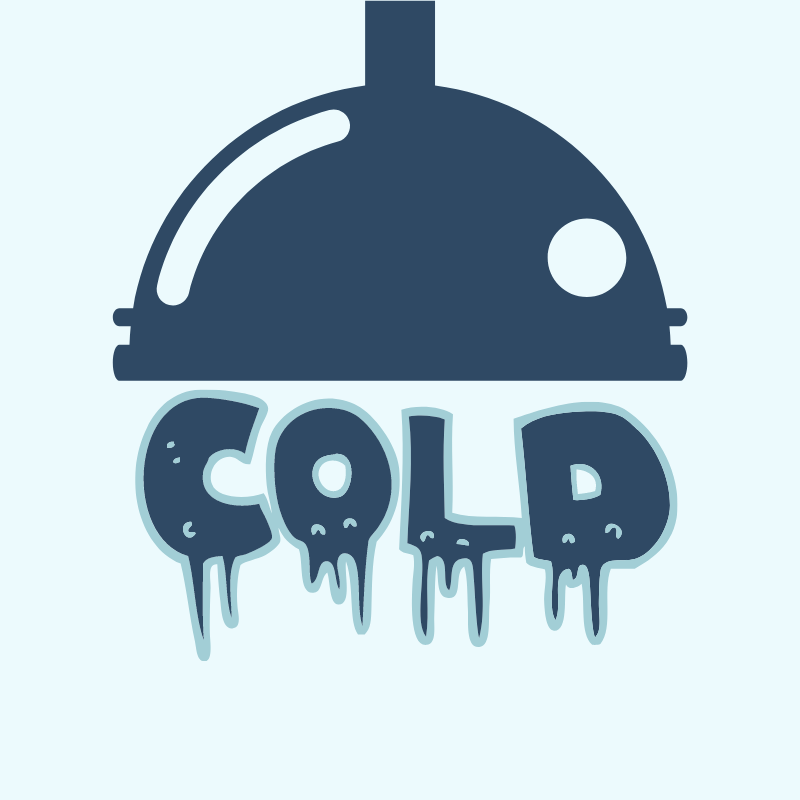Hot water heaters are available in both traditional tank-style heaters and tankless water heater models. Both are designed to heat the cold water entering a home and bring it to a predetermined temperature proving hot water for appliances such as dishwashers and washing machines, bathing, and other activities. Sometimes these fixtures malfunction due to aging or other conditions or are incorrectly sized and stop supplying sufficient hot water to meet the needs of the family.
In this article, we will take a look at the most common reasons why a hot water heater stops producing enough hot water and some solutions to fix these issues. We will take a look at a tank versus a tankless heater and talk about the importance of having enough hot water.
Common Reasons Hot Water Runs Low
Nothing is more frustrating than not having hot water – especially when you need to shower! Here are some of the common reasons why you might not have hot water and what you can do to remedy the situation.
High Demand
The first reason a hot water heater may not be able to supply enough hot water is that the demand for hot water has become too high. Perhaps your children have grown up and are now teenagers. Teenagers are notorious for taking very long showers and for finding ways to waste water so the supply, typically available, runs out.
Another drain on the hot water supply could be from too many people using too many fixtures and appliances at the same time. This overdemand can pull available hot water from the tank and send it in so many directions that there simply is not enough.
Perhaps you decided to enlarge your home and part of the additional space included a new bathroom with more demand for hot water for showers or baths. Or perhaps you simply upgraded your current bathroom and added a stackable washer and dryer or a multi-jet jacuzzi so you need more hot water to service that area.
Sizing a water heater correctly is the ultimate defense against running out of hot water in your home. A tank that is too large will heat water that never is called for wasting energy and money. A hot water heater that is too small cannot hold adequate amounts of water to supply a family with the hot water they need.
Sediment Build Up
Calcium Carbonate is the mineral responsible for the hardness found in water and the prime reason for sediment build up in the storage tank of your water heater. If too much sediment collects on the bottom of the tank it lessens the space available for the water supply thus reducing the amount of hot water available. Sediment collection reduces the effectiveness of the heater as it blocks the water from reaching the heating element. It also reduces the efficiency of the system because as the heating element works harder and harder to heat the water to the desired temperature it uses more energy which costs additional money. Installing a water softener will help with this problem.
A Faulty Dip Tube
A third cause of low hot water pertains to the dip tube. The dip tube is attached to the cold water inlet and moves cold water to the bottom of the tank where the heating element is located. It is responsible for keeping the cold water entering from mixing with the hot water in the tank. Not all heaters require dip tubes as their cold water enters the bottom of the tank. Some dip tubes act as anode rods as well attracting unwanted minerals in the water and keeping them off the tank floor. A broken dip tube allows the cold water to mix with the hot leaving an inadequate supply of hot water behind. Replacing it will solve this issue.
Thermostat Issues
It is recommended to keep the water in the heater at 120 degrees Fahrenheit but a faulty thermostat will be unable to meet that requirement. The accuracy of the thermostat can be tested with a multimeter and replaced if it is not performing properly.
Heating Element Problems
A common reason for low hot water can be traced back to the heating element. Perhaps it has reached the end of its life expectancy and needs to be replaced. Another cause could be a tripped circuit breaker or other power source-related issues. Check the circuit breaker or gas line to remedy this issue.
Types Of Water Heaters
Now, there are two different types of water heaters that you could have in your home. Traditional water heaters have a water tank, and newer, tankless water heaters do not. Let’s explore the differences between the two major types of water heaters.
Tank-Style
In this article, we have mainly been focusing on traditional tank-style heaters. These heaters allow the entry of cold water into the storage tank. The water is heated and then sent to various appliances and plumbing fixtures that require hot water. When a faucet, for example, is opened, hot water leaves the tank and runs to the faucet. As that amount of hot water leaves the tank it is automatically replaced with the same amount of cold water. The heating element kicks on and the water in the tank is again heated to reach a predetermined temperature. We have seen the common reasons why this type of heater may be unable to produce enough hot water. Let’s take a look at tankless models.
Tankless
Tankless hot water heaters have fewer components and fewer reasons to fail at producing adequate amounts of hot water. Here is how a tankless model works. Cold water enters the unit and is passed over a heating element to produce hot water. There is no tank involved so water not being used is not being heated and stored. This makes tankless models more energy-efficient and cost-friendly and it provides unlimited hot water.
Tankless systems have something known as a flow rate which informs homeowners as to how many gallons of hot water per minute the heater can produce. If the heater is properly sized the amount of hot water remains adequate but if the demand exceeds the flow rate there will not be enough hot water exiting the unit. The solution to this problem is to add a larger tankless system or to add an additional tankless unit to the current system. This secondary unit can be placed close to an appliance or plumbing fixture that is draining the original system of hot water too quickly.
Why Adequate Hot Water Matters
A home without a sufficient hot water supply is not a healthy home. Hot water is a basic requirement for bathing and is a must when discussing the cleanliness and sanitation of a home.
As far as bathing is concerned a hot shower or tub can feel wonderful but it also provides some health benefits you may not be aware of. A hot shower can help reduce inflation, improve general circulation, and relieve stress. It can also soften stiff joints and revive tired muscles. And is good for mental health as well.
Hot water is needed to clean. It has the ability to cut grease and is an effective solvent and can dissolve much more dirt material than cold water. Hot water is effective at killing germs and keeping homes safe and sanitary.
Need A Water Heater Plumber In Oklahoma?
We have learned about the common causes of low hot water supply from both traditional tank-style water heaters and those known as tankless. We have heard the suggestions to rectify these issues and have seen the benefits of an adequate supply of hot water for personal use as well as for the care of the home. Adequate hot water is essential for a safe and comfortable home and to ensure sanitary conditions for everyone’s health and well-being. Understanding the threats to our hot water supply can keep us informed and better able to deal with plumbing issues as they arise.
If you do not have hot water in your home, it could be a plumbing emergency. Contact us today or schedule an appointment online to get a water heater plumber to your home right away. With decades of experience fixing water heaters, we are the water heater company Oklahoma residents trust when they run out of hot water!

